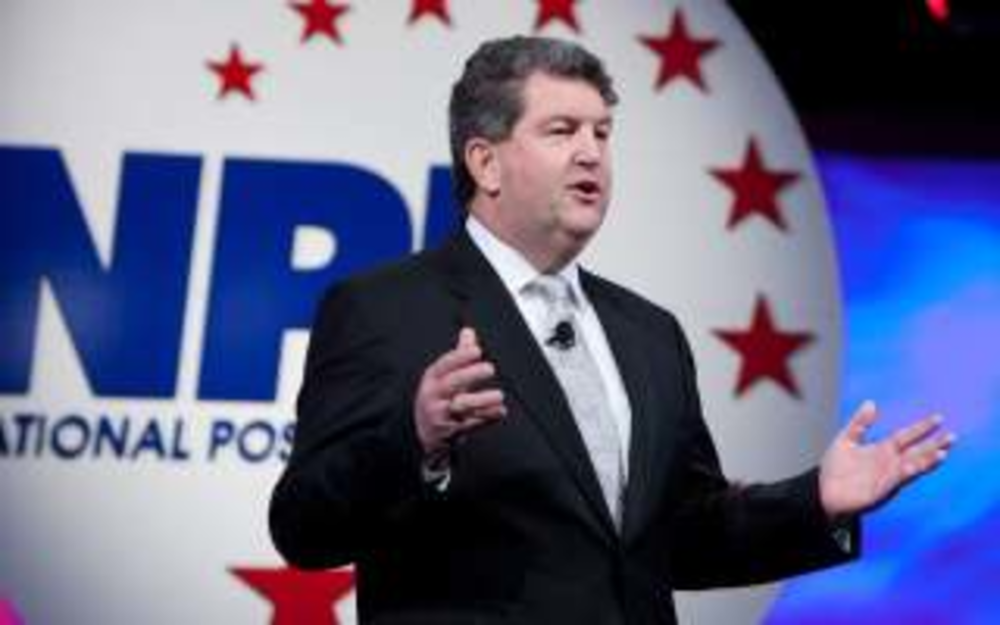The keynote speech at the 2012 National Postal Forum (NPF) in Orlando, Fla., served as a forum for U.S. Postal Service (USPS) Postmaster General and CEO Patrick Donahoe to lay out his vision of the agency’s future in light of the congressional gridlock preventing the implementation of its published plan for financial solvency.
While Donahoe alluded briefly to his frustrations with Congress in an aside, mentioning how a long battle with the House and Senate were not in the USPS’s interests, both Donahoe’s keynote and the executive briefing delivered the next day by Deputy Postmaster General Ron Stroman, focused on a future that involved both cost reductions and new products and services.
The future of the USPS, Donahoe said, is “about leveraging new ideas and giving ourselves the greatest competitive edge possible.” Fundamentally, this means helping its enterprise customers grow. “The more we strengthen our organization, the better we can support the growth of your business,” Donahoe said.
Donahoe emphasized the continued importance of mail, despite the influx of digital communication channels, saying that mail was the best channel for strengthening brand relations and driving ROI. “People actually read what they get in the mail,” he said. Still, Donahoe acknowledged that certain practices, such as bill payment through the mail and other First-Class Mail services, have and will continue to decline.
Ultimately, the products and services the USPS seeks to implement are based in technology and center around digital integration, such as incentivizing businesses to include 2D codes in direct mail flyers.
Other new features are designed to bolster USPS’s current growth areas, such as its increasing package business.
Despite Donahoe’s optimism, however, Stroman the next day cast the closure of brick-and-mortar locations as inevitable.
“The reality is the post office business model stopped making sense,” he said. “People pay online, send e-cards, and we need to adapt to the digital economy moving forward.
We need to make the case that single piece first class will decline, whereas commercial mail and our package business will grow, and online shopping and international markets are booming.”





